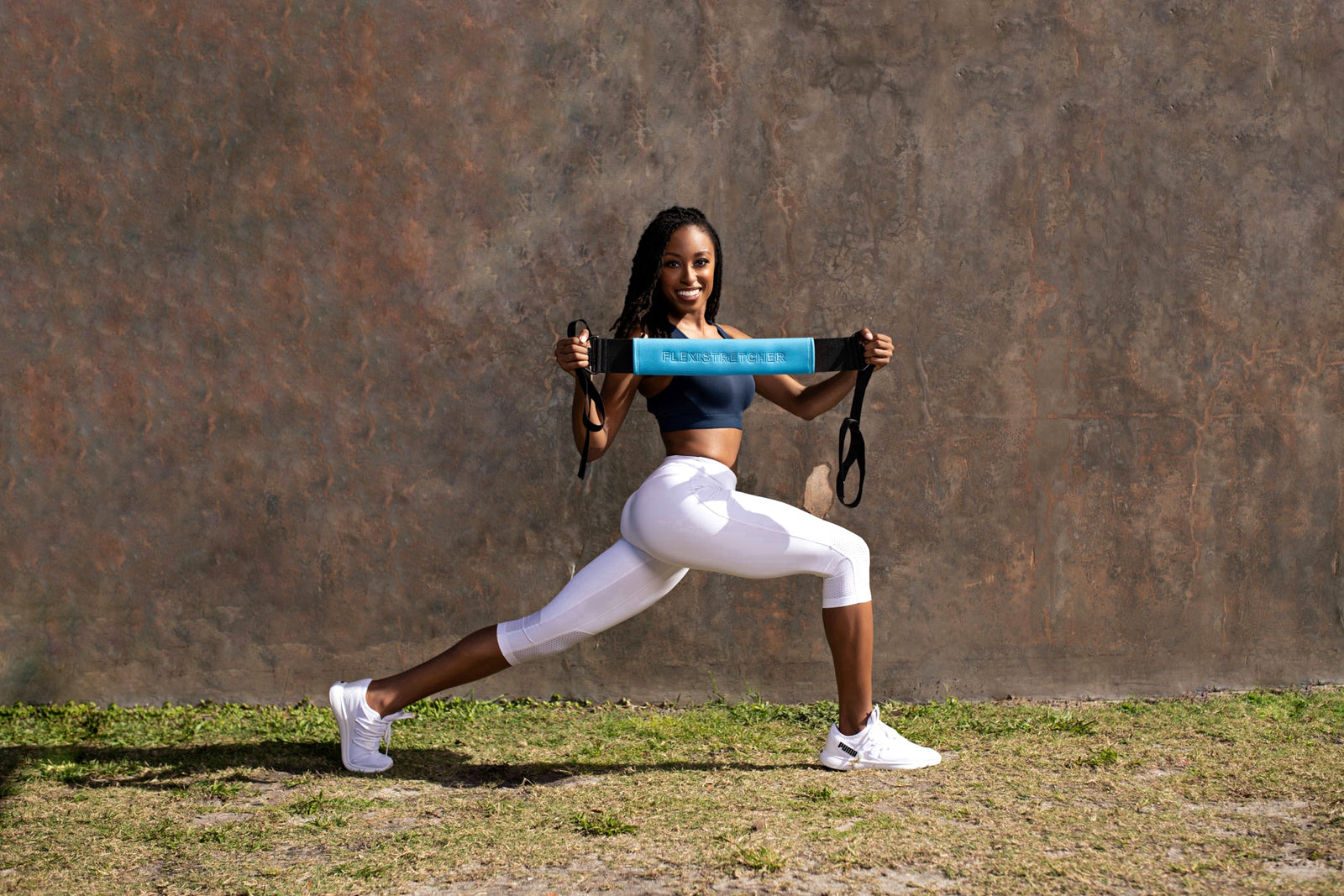Five Simple Stretches to Reduce Lower Back Pain

There is nothing worse than a gnawing, constant ache in your lower back. It comes and goes, but when it hits, it can stop you in your tracks. It may make it difficult to get out of bed or stand up from your desk. Why does lower back pain occur?
There are several contributors to low back pain. It may be the result of a trauma incident like falling or being in a car accident. These types of contributors are easy to understand and pinpoint the moment it started. But for many people, daily living habits like hunching at a computer desk or sitting for long hours at a time can be the culprit. Unfortunately, once you have low back pain, the reoccurrence is common and potentially chronic and disabling, according to the American Chiropractic Association.
How can I reduce the risk of low back pain?
Sleep it off lower back pain. Getting enough rest is key to overall health and longevity but it can also help reduce the risk of having low back pain. What does sleep have to do with it? Because sleep pays a major role in our weight, blood pressure, and ability to concentrate, getting too little rest can cause inflammation in the joints, including the spine. Pairing a lack of sleep with a soft mattress can result in an unwanted curvature to your spine. The ACA recommends a firm mattress for best support of the spine and vertebrae.
The MAYO Clinic recommends these tips for the three basic sleeping positions.
- If you sleep on your side, place one pillow between your knees and slightly bend the knees up towards the chest.
- If you sleep on your back, try rolling a towel or a small pillow under your knees to keep the natural curve in your lower back.
- Lastly, if you sleep on your stomach, it is recommended to place a small pillow under your hips or lower belly and keep your head pillow small to avoid arching the neck.
Move more consciously. There are certain movements that we perform every day that can place undue strain on the lower back. You may be aware that bending over to lift an object places stress on the lower back. By simply bending your knees and keeping your chest upright, you can avoid that stress. Another movement you may be doing daily is walking with your head forward. For several reasons, like vision impairment, speed, or general unawareness, we move on an angle forward to walk. By simply, standing up straight and pushing off the big toe instead of shuffling, and keeping your chin up, you can avoid the forward lean. Think of that runway model that struts more than walks. Poised posture alleviates undue pressure on the spine. Lastly, don’t forget to stand up. Sitting for long periods of time puts pressure on the low back and compresses the vertebrae and disks. By being more mindful of your movements, you could reduce the likelihood of recurring back pain.
Stretch more often. Stretching is one of the simplest things you can do to reduce low back pain. In fact, the way you stretch can significantly help you see improvement instead of just improved blood flow. Stretching increases circulation and can help relieve stress, but stretching alone will not change the foundation of the spine. When you stretch and strengthen the muscles, you are more likely to see improvements in low back pain reduction and ease of movement.
Here are five simple stretches to reduce lower back pain. These movements should be done in this specific order for best results.
Side Leg Swing Stretch - Start with loops placed in hands and foot supported in elastic center. Swing leg across body and out to side to open the hip. Perform with side leg lift as targeted combination to IT Band tightness and general hip flexibility. This is a dynamic stretch. It helps to open the hips and warm up the lower body.

Back Feet Up Press - Lie on your back with loops on feet and elastic center around waist/back. Press feet towards the ceiling and try to straighten legs. This will strengthen the glutes, hips and lower body. This movement helps to open the back side of the body.

Hamstring Bridge Hip Stretch - Start on back with elastic center across shins and hands holding loops or rings. Making sure feet are directly under knees, lift to a bridge. Pull feet in towards body while lifting hips for a stretch in the front of the hips. This helps warm up the back side muscles of the body that tie into the lower back and spine.

Supine Hamstring Stretch - Lying on your back with loops in hands, push foot into elastic center extending leg towards the ceiling. Hold stretch at 90 degrees or more. However, remember never to do anything that hurts. This movement opens the body and improves circulation.

Wide Pull Back - Standing with hands on nylon straps midway between loops and rings, or where it is most comfortable, and elastic center around the back, press arms out to sides and squeeze shoulder blades together to open the chest. This movement opens the upper back which can put pressure on the lower back with hunched posture.  Written by, Andrea Metcalf, a celebrity fitness expert specializing in functional fitness including flexibility training. With over three decades of experience in the fitness world, a best-selling book, and more than 500 media appearances, she is a trusted stretch, fitness and wellness expert.
Written by, Andrea Metcalf, a celebrity fitness expert specializing in functional fitness including flexibility training. With over three decades of experience in the fitness world, a best-selling book, and more than 500 media appearances, she is a trusted stretch, fitness and wellness expert.




Leave a comment